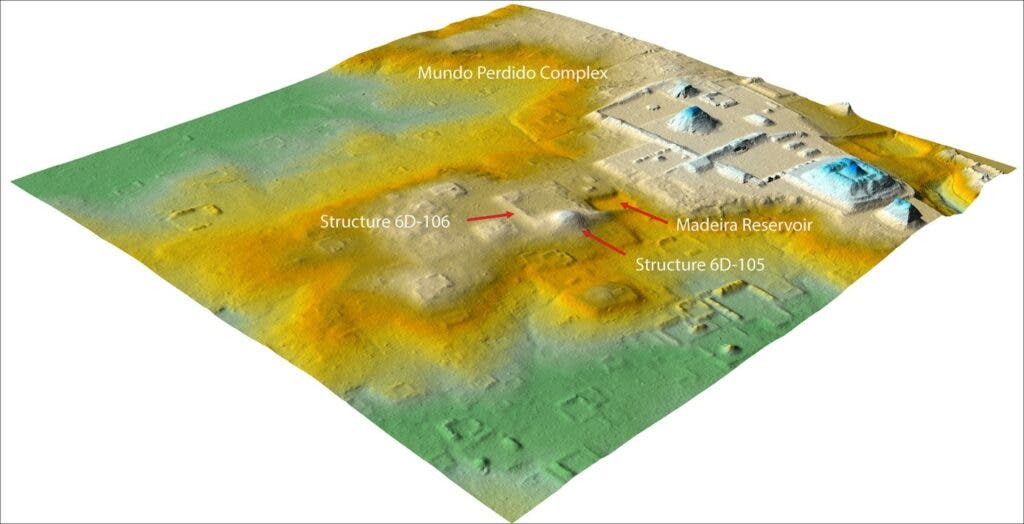Using airborne data, a group of archaeologists discovered a previously unknown structural complex near the Maya city of Tikal, in what is now Guatemala. While the city is notable in itself, what makes the discovery even more interesting is that the complex’s structures are similar to buildings in Teotihuacan, a Mesoamerican city.

The ruins of Tikal have been the subject of extensive study since the 1950s, with researchers documenting details of every structure and cataloguing all excavated items. This has made Tikal one of the best understood archeological sites in the world. Nevertheless, there’s always something new to discover — as we can see in this study.
Stephen Houston from Brown University and Thomas Garrison from the University of Texas have discovered that what was thought to be a natural hilly area near Tikal’s center was actually a neighborhood of ruined buildings intentionally designed to look like Teotihuacan, the most powerful and largest city there was in ancient Americas.
“What we had taken to be natural hills actually were shown to be modified and conformed to the shape of the citadel,” Houston said in a statement. “Regardless of who built this smaller-scale replica and why, it shows without a doubt that there was a different level of interaction between Tikal and Teotihuacan than previously believed.”
Understanding Tikal
The area where the complex was found hadn’t been explored until now as researchers believed that the hills were just part of the natural landscape. Houston and Garrison used LIDAR, a light detection and ranging technology, to build 3D models of the surface and identify structural features. This was followed then by an on-site exploration that confirmed the findings.
In the area, which is roughly 62 acres, the researchers confirmed with excavations that the buildings were built with mud plaster than limestone, a material usually used by the Maya society. In fact, the structures appeared to be scaled-down versions of the buildings from Teotihuacan’s citadel, located more than 1,000 kilometers (621 miles) away.
The researchers also found human remains near the replicated buildings. The bodies were surrounded by several funerary items such as animal bones and projectile points. There was also plenty of coal, suggesting the assemblage was deliberately set on fire – a death ritual that is similar to the one used with warriors at the citadel of Teotihuacan.
It’s not the first-time evidence is found of the influence of Teotihuacan in Tikal, as contacts between the two societies were common. Maya elites lived and traded in Teotihuacan. But after centuries of peace, Teotihuacan conquered Tikal in 378 CE. The new findings suggest a more intense contact between the two, the researchers argue.
“The architectural complex we found very much appears to have been built for people from Teotihuacan or those under their control,” Houston said. “Perhaps it was something like an embassy complex, but when we combine previous research with our latest findings, it suggests something more heavy-handed, like occupation or surveillance.”
The study was published in the journal Antiquity.


